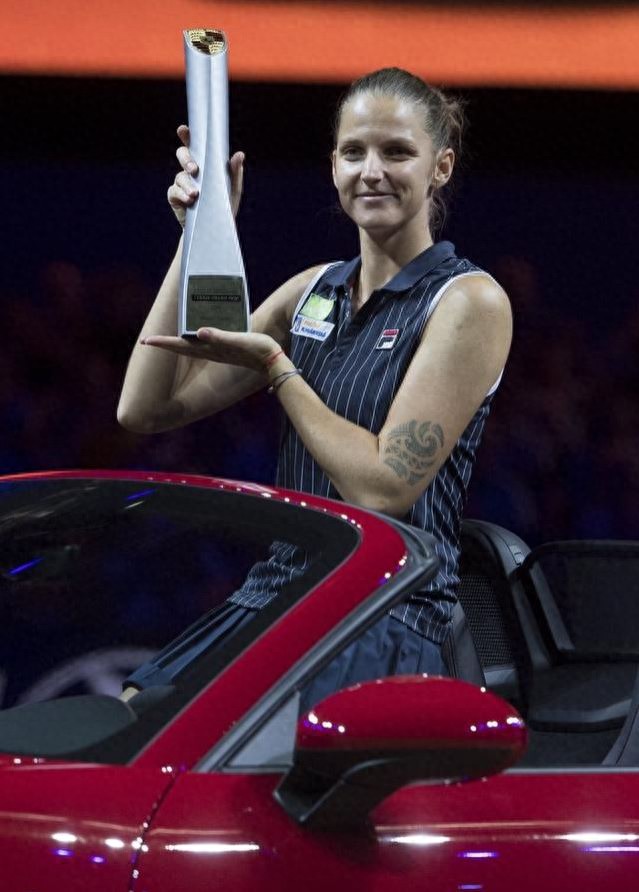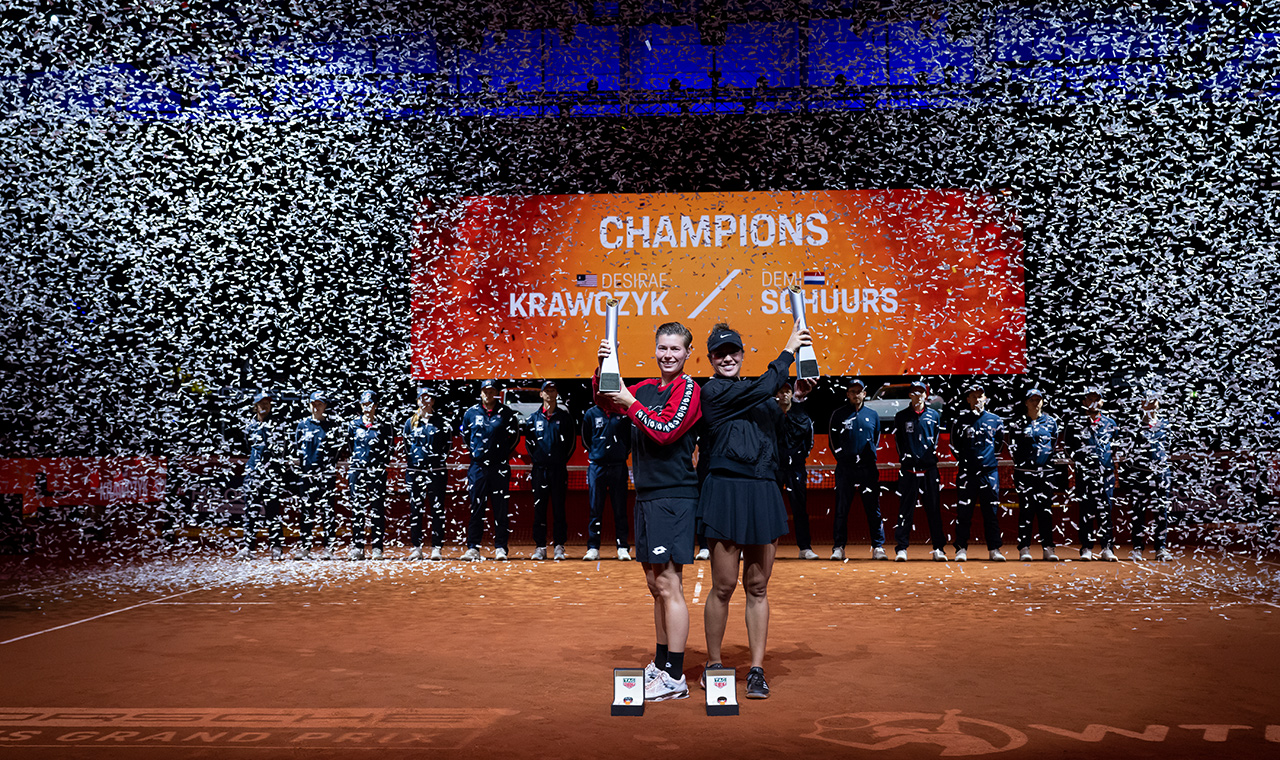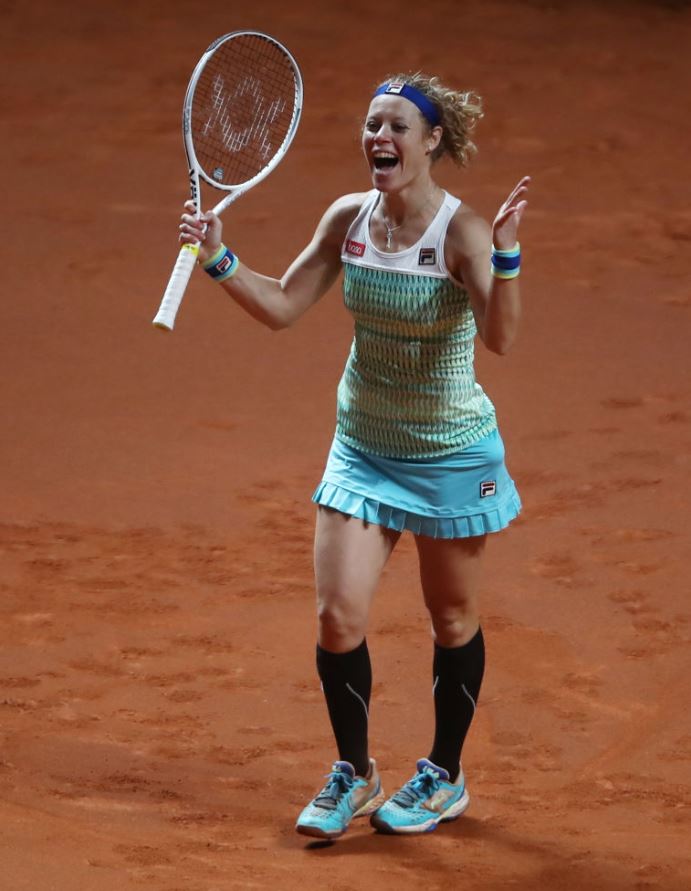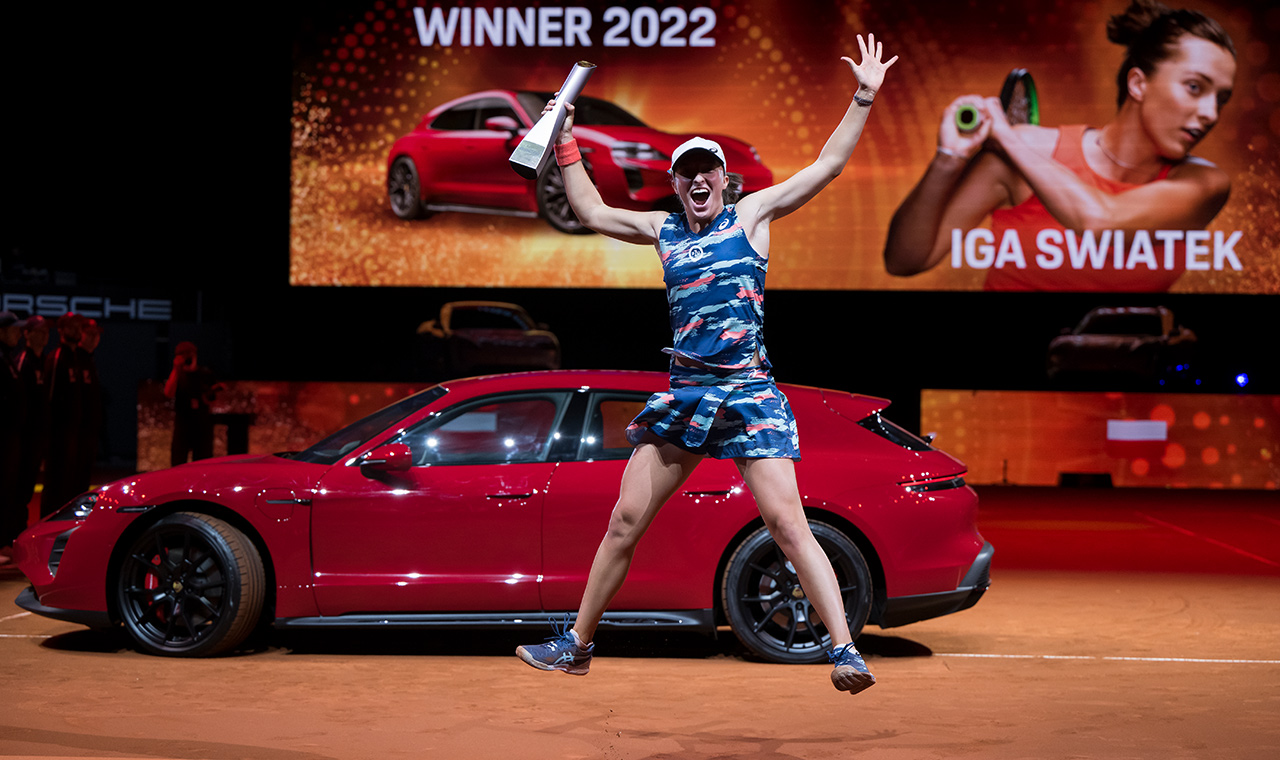The Red Clay Feast begins: decoding the glory and legend of the Porsche Grand Prix Stuttgart
Every April, when the spring breeze from the European continent blows through the clay courts of the Porsche Arena in Stuttgart, the WTA Tour's most industrial event begins. Founded in 1978 and known as the "vane of the clay monsoon", this indoor tournament has evolved from outdoor hard court to indoor clay, and after being upgraded to a top-level tour in 2009, it has gradually become the focus of global tennis. What really makes this tournament stand out from its peers is not only its strategic position as a sentinel to the French Open, but also its unique temperament that perfectly blends top-level competition with luxury culture.

While other tennis tournaments were still celebrating championships with cheques or trophies, the Stuttgartes had already infused the essence of German industrial aesthetics into the game's DNA. Every year since 2002, a 150,000 euro piece of Porsche's latest sports car has been parked in the centre of the stadium, where the metallic paint reflects the cold glow of the spotlight in contrast to the warmth of the clay. This tradition stems from the location of the tournament's sponsor, Porsche's headquarters, but unexpectedly results in one of the most exciting championship rewards in tennis.

Stats show that over the past 20 years, 14 champions have chosen to drive their cars instead of exchanging them for cash, a choice that has become an interesting measure of a competitor's personality in its own right. When Karolina Pliskova won the 2018 victory, the 911 Carrera GTS was driven around the course at the medal ceremony, with the roar of the engines and the cheers of the spectators, a perfect illustration of the dual charm of speed racing and the aesthetics of power. The psychological impact of this material incentive reached a dramatic peak in 2011 when Germany's Gerges won the title, and the commentator exclaimed: "Now she not only has the trophy, but also the most coveted commuter in Germany!" "

In 2008, the clay in Stuttgart witnessed one of the most landmark victories in the history of Chinese tennis. Li Na defeated Serena Williams in two sets in the quarter-finals after swallowing eggs in the first set, and the 2 hours and 4 minutes of the battle set three records: an Asian player defeated the then-world number one for the first time, Li Na defeated Serena Williams for the first time in her career, and China's Jinhua made a major breakthrough on top-level clay. More historically, the victory indirectly propelled her friend Jankovic to the top of the world No. 1 – the Serb eventually won the title, and her success also caused a whirlwind of "Serbian twins" in the women's tennis season in 2008. The technical value of the victory is often underestimated: Li Na blasted 33 winning points and scored 67 percent of her second serves, showing forehand penetration comparable to that of a male player in key points. The German Tennis Magazine commented after the match: "Li Na used oriental wisdom to deconstruct the hegemony of the power style of play, and her topspin ball produced a wonderful chemistry on indoor clay. The victory not only allowed Li to find confidence on clay, but also ushered in a new era of competition for Asian players at the top clay level.

Stuttgart's indoor red clay seems to have some kind of magic, and the list of champions bred here is embellished with several "accidental" names. In 2011, Gerges finished in 32nd place, and her trademark outside-in forehand in the final is still a staple in the tournament's promotional video. In 2017, Sigmund was ranked 49th in the world, and the 170cm German girl illustrated the possibilities of smart play on fast clay with a precision design comparable to that of a clock. An in-depth analysis of the championship trajectories of these "Cinderellas" will reveal two common passwords: one is the extreme use of the indoor environment, the constant temperature and humidity conditions in the stadium make the ball speed 15% faster than the outdoor clay, which is more suitable for flat players; The second is the psychological bonus of playing on home soil, with data showing that German players have a 22% higher win rate than the tour average. Sigmund's case is particularly typical, as the 'full-time rusher' even adjusted her year-round schedule to focus on Stuttgart, admitting in an interview with Der Spiegel: "Every time I walk through the tunnel and see that Porsche, my adrenaline rushes. "

As the 2025 season begins, the title race in Stuttgart is as competitive as ever. Although defending champion Rybakina missed this year's tournament due to the Billie Jean King Cup and Zheng Qinwen withdrew early due to injury, two-time former champion Swiatek and three-time finalist Sabalenka will be in for a strong push for the trophy. In addition, new stars such as Gauff and Andreeva are expected to be the new champions.

Beneath the dome of Stuttgart's indoor clay courts, tennis strikes a delicate balance between the competitive nature of tennis and its commercial aesthetic. It's a litmus test of clay's prowess and a fashion show to show off the player's personality. When a new generation of racers swings the racket for electric sports cars, they are not only writing personal glory, but also a technical fable of an era. In this unique space where cars and tennis balls dance together, every shot reverberates with the rhythm of industrial civilization, and every car mark inscribes the eternal pursuit of competitive sports.(Source: Tennis Home Author: Xiaodi)







 Links
Links
 Contact
Contact
 App
App


